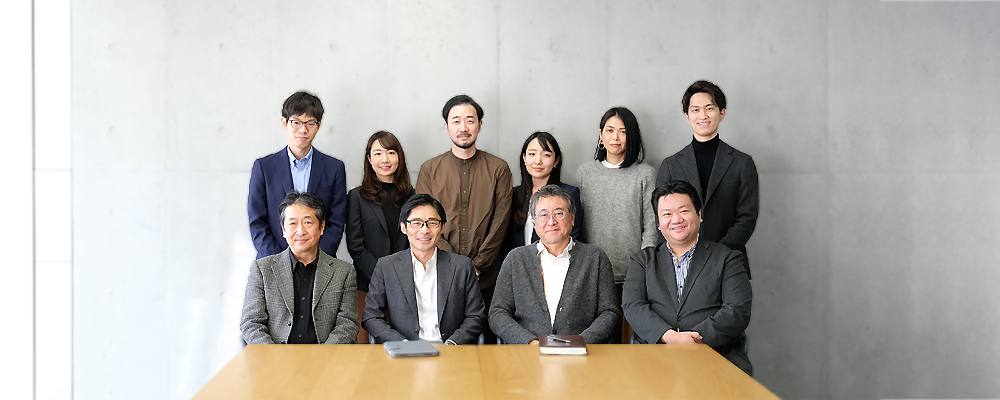
hyphenate×NRI: A Fusion of Design and Business Supporting Value Creation and Transformation
With users’ values becoming increasingly diverse, companies are having to identify their core value which must remain intact while rapidly transforming themselves to keep up. In July 2020, Nomura Research Institute (NRI) formed a business alliance with the design consulting firm hyphenate, thereby enhancing the support that NRI provides to customers in launching their new businesses. We spoke with officers from both hyphenate and NRI about what value can be produced with our two companies working together.
The element of necessity underpinning design
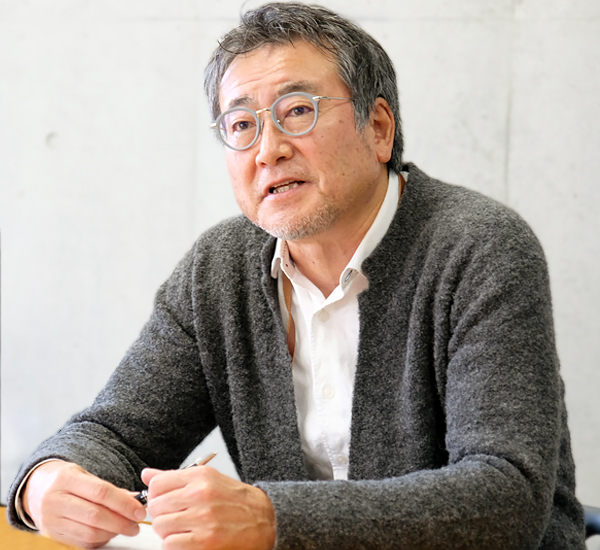
hyphenate was launched as the Japanese subsidiary of the US design firm ziba, which has a track record in areas including USB development and customer experience transformations for banks. Subsequently, it broke off on its own to provide services tailored to Japanese companies as its clientele. Since 2020, the company has been “pursuing design that goes beyond surface elements like color and shape, by adding our own original methods while preserving the DNA of who we are as a company that’s invested in people’s experiences.” (hyphenate’s Mr. Hirata)
The collaboration between hyphenate and NRI can create value that goes beyond “1 + 1 = 2”. NRI’s Go Tokushige first got a strong sense of this during a certain development project, when he was asked by a hyphenate designer, “What kind of personality are you envisioning for the AI chatbot we’ll be developing this time?” Tokushige says, “This inquiry suggested that depending on the personality involved—whether it would be a chatbot that gives perfect answers to user questions or the ‘busybody’ kind that would even try to respond to vague questions—the UI (user interface) appearance and the UX (user experience) would also be completely different. I realized that the UI/UX isn’t decided on personal preferences, but is actually a very consequential process.”
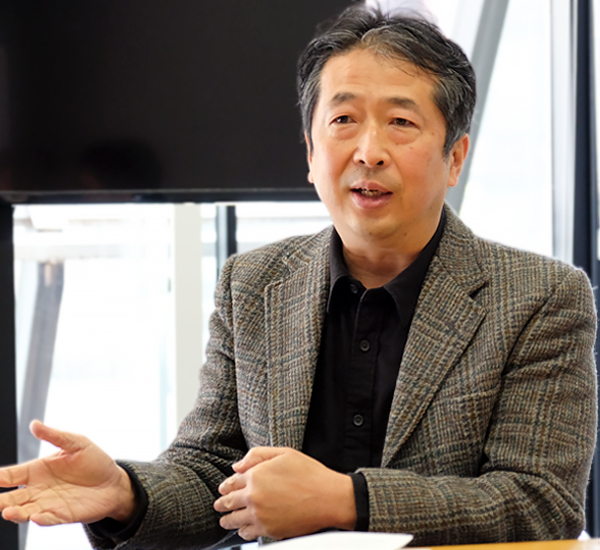
Meanwhile, “NRI’s approach of quantitatively deriving your data, piecing together the logic, and making a convincing case for commercialization was very fresh to us”, added Mr. Shigeri of hyphenate, looking back. The deciding factor in this partnership was the idea that bringing together different concepts, making the design meaningful, and translating that into business value would elicit a synergistic effect transcending mere complementary roles.
Promoting communication and speed
Currently, the two companies are providing support to customers that entails acknowledging their challenges and setting transformation targets, finding insights based on user research, establishing a business direction, and fleshing out concepts. Our companies have also jointly developed a trial support program allowing users to experience this whole process in just four weeks, geared toward those who are looking to go through this type of process with a real sense of speed. In providing this to customers, the purpose is not just to achieve the primary goal of service or business design, but rather to enhance the quality of communication, to move forward so that those involved can make decisions more quickly, and at the same time to achieve more solid solutions.
“In our workshops, we don’t just use text and words, we also use a variety of methods like drawing pictures, depicting characters using cards, and making gestures and doing roleplaying, and this is how we gain a broader conceptual scope and get at the meaning that lies at the core of the client’s brand. As all of the participants are having an enjoyable discussion, their expressions will change and come alive. Achieving a deeper level of communication is crucial, and it also leads to a greater chance of the project ultimately succeeding.” (Mr. Shigeri)
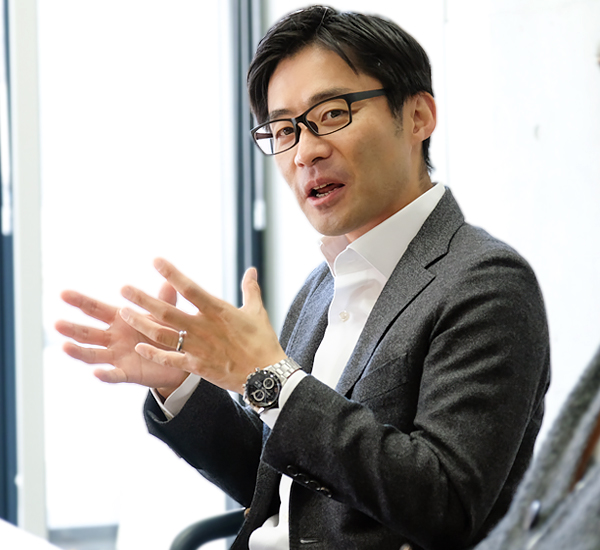
Where NRI’s Hiroshige Muraoka felt the impact was in the effects achieved in terms of speed. “Even when you get really good ideas from within the company, going through the decision-making process takes time, and progress happens slowly, and so other companies end up beating you to the punch. I’ve seen this happen countless times. By visualizing your ideas for your business or service instead of just explaining it in words, you get fewer instances of conflicting visions, and your decision-making speed reliably increases. Improving the speed at which you advance will also lead to more long-term value for your company.”
In addition, these design methods have been adopted for projects that involve formulating long-term visions for client companies. Many participants find the process stimulating, discovering that drawing pictures helped clarify their ideas, or that associating their own individual thoughts with their company’s orientation made the project more personal, and this process is also useful for getting middle management involved.
Going beyond “good” to create something that you “care for”
Going forward, the two companies plan to further expand the areas in which these design methods can be applied. “Japan obviously has good services and good companies, but they don’t necessarily have a global presence. Even if you can create something good through accumulating more technical skills, sometime down the road, you’ll have to decide what you won’t do as a company, and then create something that you would ‘care for’. There’s a philosophy behind creating something you like, and it’s important to make your creation meaningful. To that end as well I’d like to provide opportunities that triggers people’s creativity.” (Mr. Hirata)
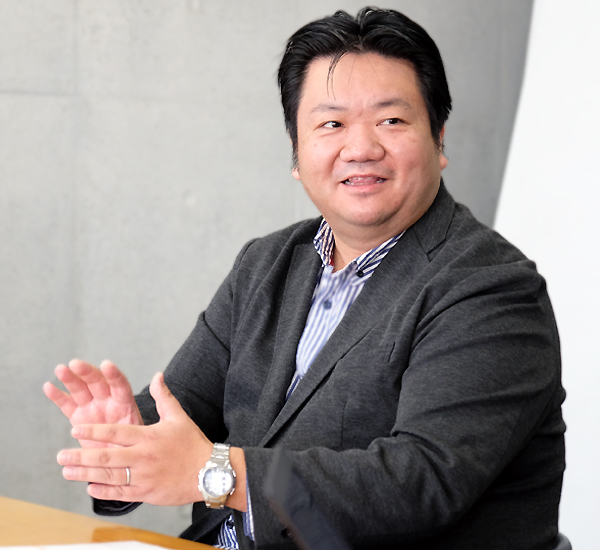
With the business environment dramatically changing amid the Coronavirus crisis, more companies are transforming themselves and seeking truly meaningful innovations. “To be able to support that endeavor, we want to perfect the innovation value chain covering everything starting from ideation to developing and monetizing services. Our aim is to work with hyphenate in creating a ‘ship’ of sorts that will enable us to produce exciting innovations, and then get a diverse team on board that ship, to enliven the innovation activities of Japanese companies”. (Tokushige)
Profile
-
Hiroshige Muraoka
-
Go Tokushige
* Organization names and job titles may differ from the current version.